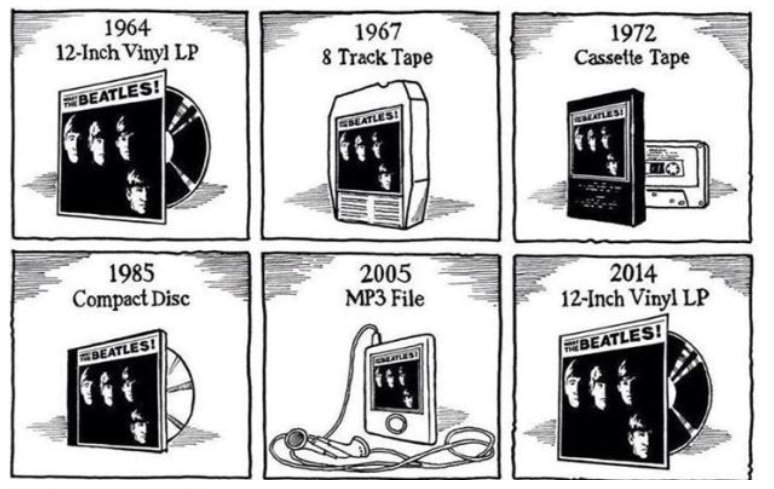 The magazine industry is in a state of enormous flux. Pricing challenges, circulation changes, new platforms, massive shakeups on the distribution side: Just about everything we thought we knew about the business is changing.
The magazine industry is in a state of enormous flux. Pricing challenges, circulation changes, new platforms, massive shakeups on the distribution side: Just about everything we thought we knew about the business is changing.
And D.B. Hebbard of Talking New Media asks, “Can the publishing industry do a better job of managing change than the music industry did?”
According to Hebbard, “We are in the middle of a revolution in the publishing industry that will prove to be no less disruptive to the industry than what occurred in music over the past two decades.”
He cites the behavioral change that happened when music switched from vinyl to tape to CDs.
“It was a common wisdom that every time a new platform arose sales would increase as consumers not only supported the older platforms but also converted their media to the new one. The model worked fine for a while as consumers moved from vinyl to tape to CDs.”
That continued to hold true until the turn of the century, and then the model started breaking down when digital became the medium of choice. Hebbard likens this with what’s currently happening in magazine publishing today, citing changing reader habits and platforms, distribution chain disruption and retail failures. He stresses that publishers must become fluent in digital platforms to stay relevant, and solvent.
To an extent, we agree with that; yes, some readers will prefer to consume their magazine content on digital and mobile platforms. But unlike the music industry, print has one major thing going for it: You don’t need to buy a new platform to read it. There is no equivalent of the dusty eight-track player or Sony Walkman lurking in the back of the closet like there was during vinyl’s long morph toward digital. Print remains accessible and fully functional without the use of technology.
So while his cautions to publishers have some validity, our belief is his parallel to the music industry is too great a stretch. You see, while every once in a while we pull out our milk crates of vinyl and wish we still had a turn table, we can blow the dust off that 80-year-old book jacket and settle in for a good read anytime. Batteries not included.
Print has a lasting, tangible reality that will keep the media alive.
